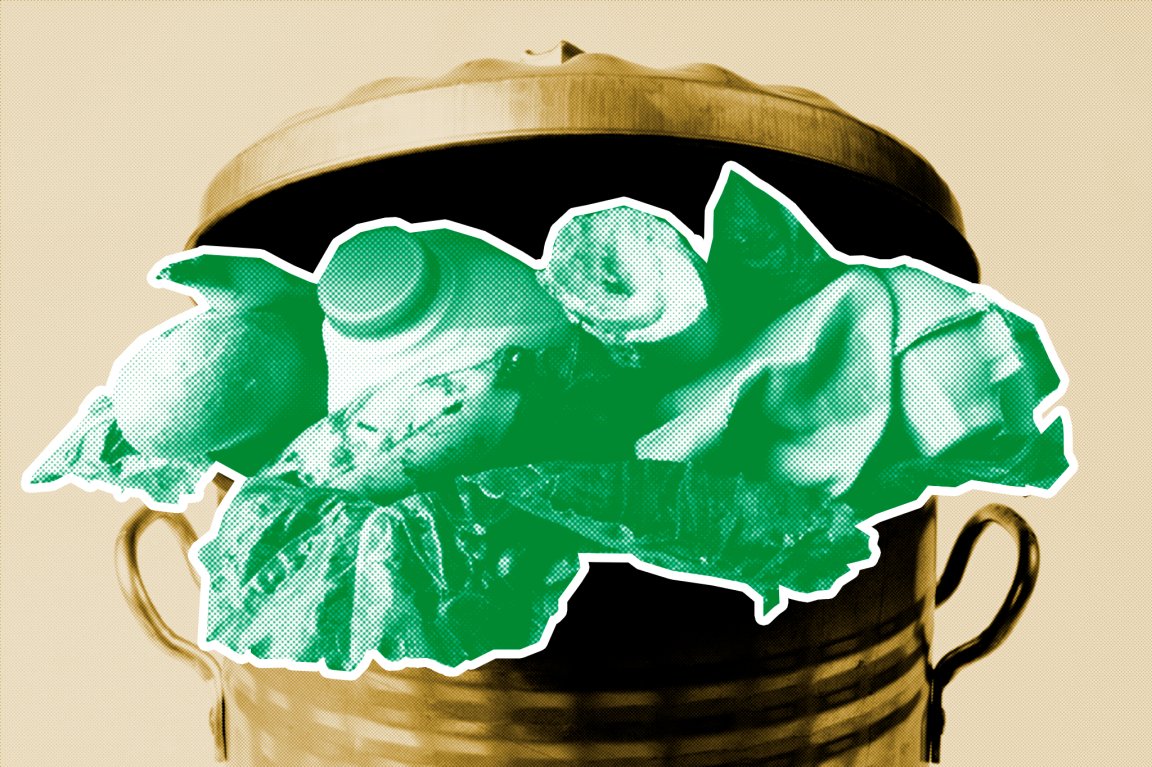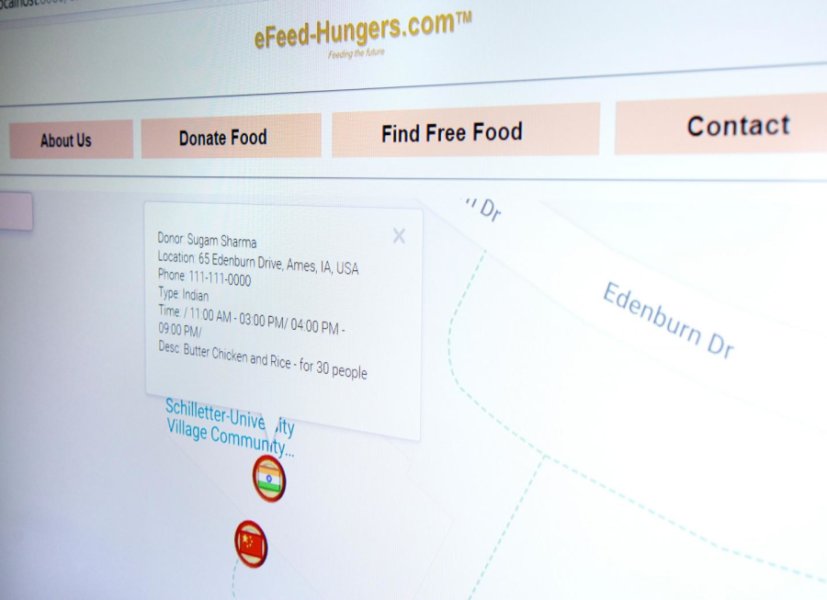
According to the USDA’s Economic Research Service, up to 40 percent of the food produced in the United States is wasted. Sugam Sharma, a computer science expert and systems analyst in Iowa State University’s Center for Survey Statistics and Methodology and a group of collaborators are developing a software prototype that turns the U.S. food waste problem into a way to reduce hunger.
“It is really heart wrenching to witness a mother in shabby and torn clothes, holding her baby, come to you and ask for help because her baby hasn’t had anything to eat,” Sharma told Science Daily, regarding his experiences growing up in India and the dire need to better prevent hunger.
Sharma’s prototype, called eFeed-Hungers, allows users to find locations nearby that have excess food. The software works on smart devices and allows restaurants, grocery stores, and even individuals to post when they have extra food available to donate. As places and people use the app to list available food, others can use the app to check food listings, which are globally searchable and easily accessible.

“We wanted to make it as simple as possible, so people will not hesitate to donate. There is no scarcity of food. We see this as a way to take some of the food we’re wasting and save it by providing a channel to get the extra food to the needy,” Sharma said to Science Daily.
eFeed-Hungers isn’t the only program looking to cut down food waste and hunger. The Feedback app lets people buy restaurant meals set aside to be thrown out at a massive discount. Another app called Too Good to Go makes excess restaurant food available for free to users in an attempt to save both food and CO2 emissions. LeftoverSwap allows individuals to share their leftovers and food with those in need of a meal. These are just a few examples of apps looking to eliminate food waste. It seems that many are finding the mobile platform is an ideal way to connect those with too much with those who may have too little.
While there are several apps like the one Sharma’s software helped create, one thing that sets it apart is that, instead of focusing just on people’s personal leftovers or restaurant dishes, his efforts encompass a variety of different food waste sources. Additionally, by making this technology globally-accessible, it’s reaching more people. Food waste and hunger are deep-rooted, global issues. A single app might not solve them, but it’s a certainly a place to start.